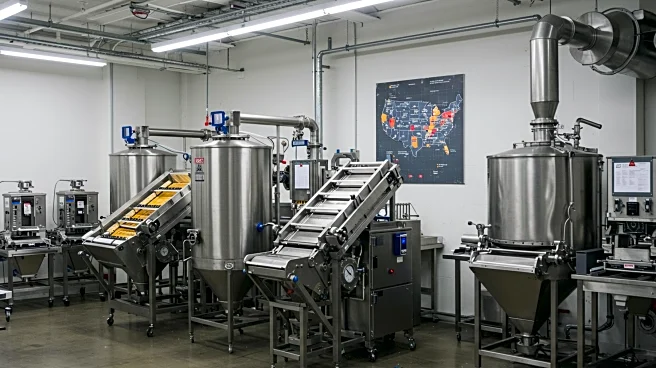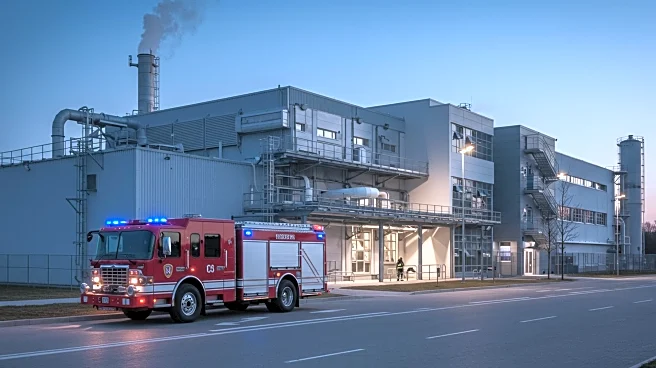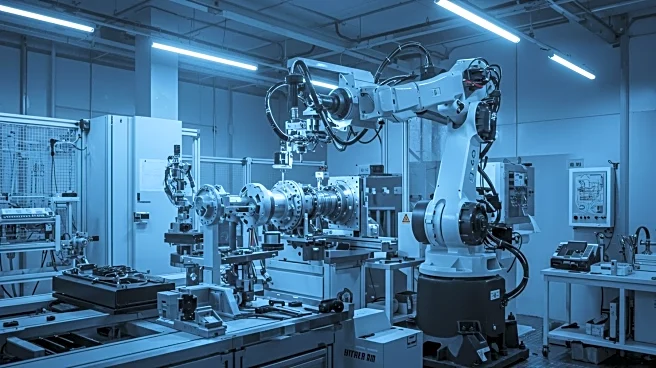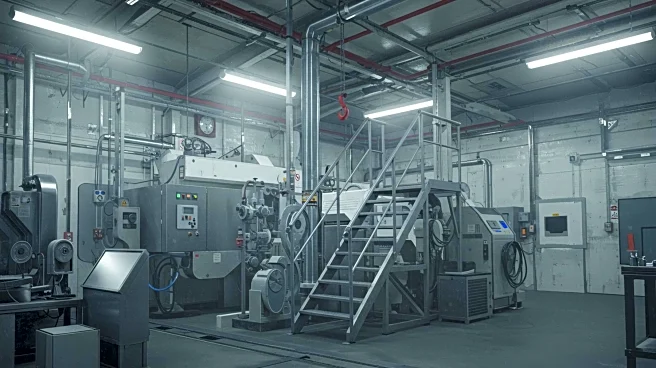What's Happening?
The food manufacturing industry in the United States is experiencing shifts in investment patterns due to factors such as tariffs, regulatory changes, and immigration policy crackdowns. A report by Global Location Strategies identifies the most competitive U.S. regions for food manufacturing investment, ranking 387 metropolitan areas based on location quality and operating costs. The East North Central and South Atlantic regions have attracted the highest number of projects, with significant investments in animal food and other sectors. The report highlights the importance of localizing production to the U.S. amid uncertain trade relations, with companies reinvesting in domestic operations.
Why It's Important?
The localization of food manufacturing in the U.S. is crucial for industry resilience and growth, especially in the face of global trade uncertainties. By investing in domestic facilities, companies can mitigate risks associated with international supply chains and enhance their competitiveness. The creation of new jobs and facilities also contributes to regional economic development, supporting local communities and industries. The focus on specific regions for investment reflects strategic decisions by companies to optimize costs and leverage regional advantages.
What's Next?
As companies continue to invest in U.S. food manufacturing, there may be further expansion of facilities and job creation in key regions. This could lead to increased demand for skilled labor and infrastructure development. Companies may also explore partnerships and collaborations to enhance their capabilities and address challenges related to regulatory compliance and market dynamics.
Beyond the Headlines
The trend towards localizing food manufacturing raises questions about sustainability and environmental impact, as companies seek to balance production efficiency with ecological considerations. Additionally, the focus on regional investment may influence broader economic policies and trade negotiations.












